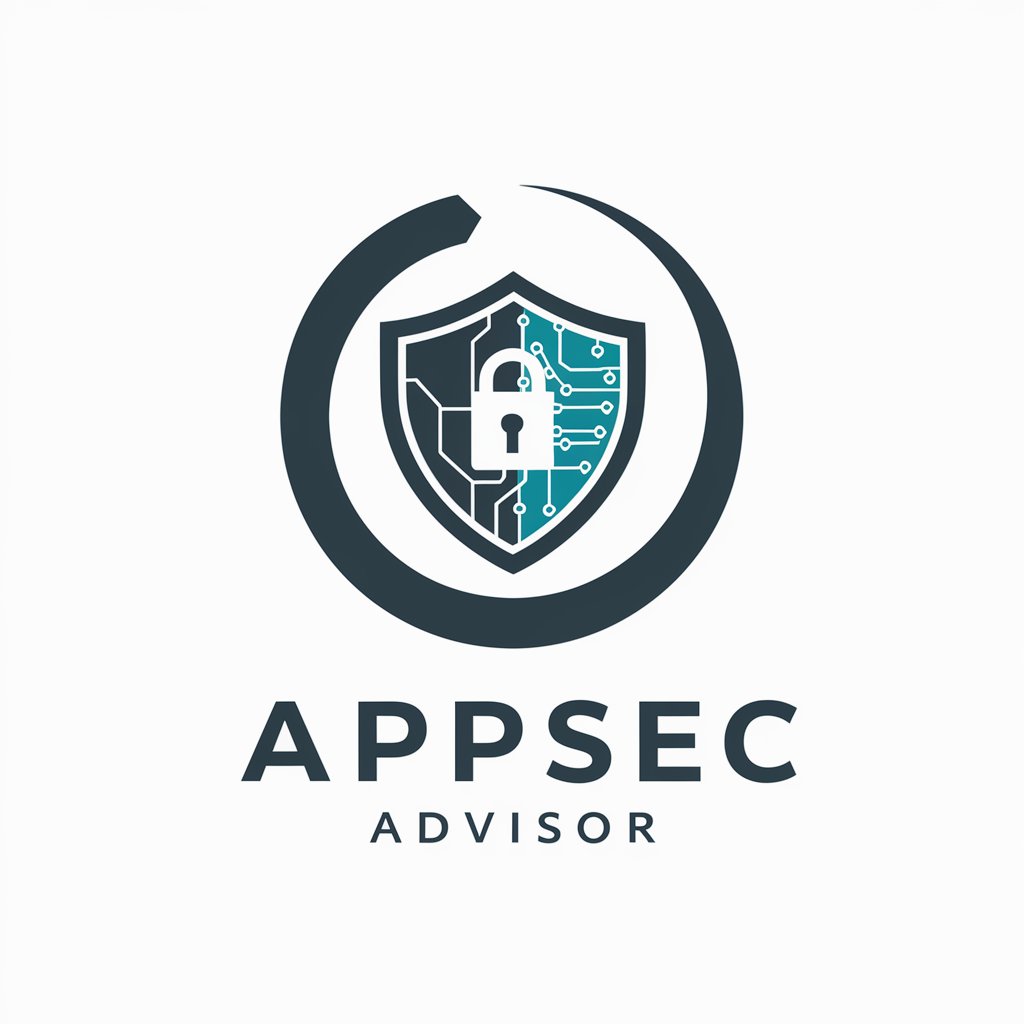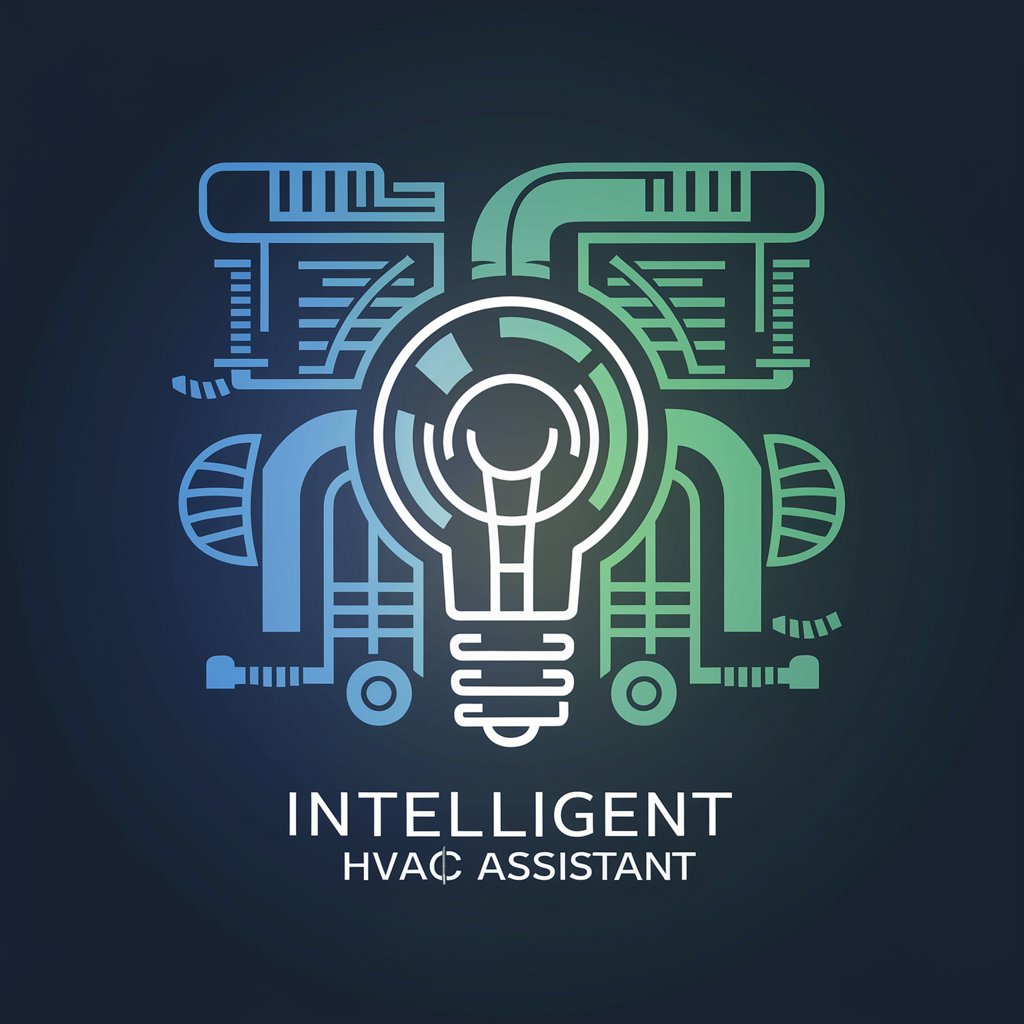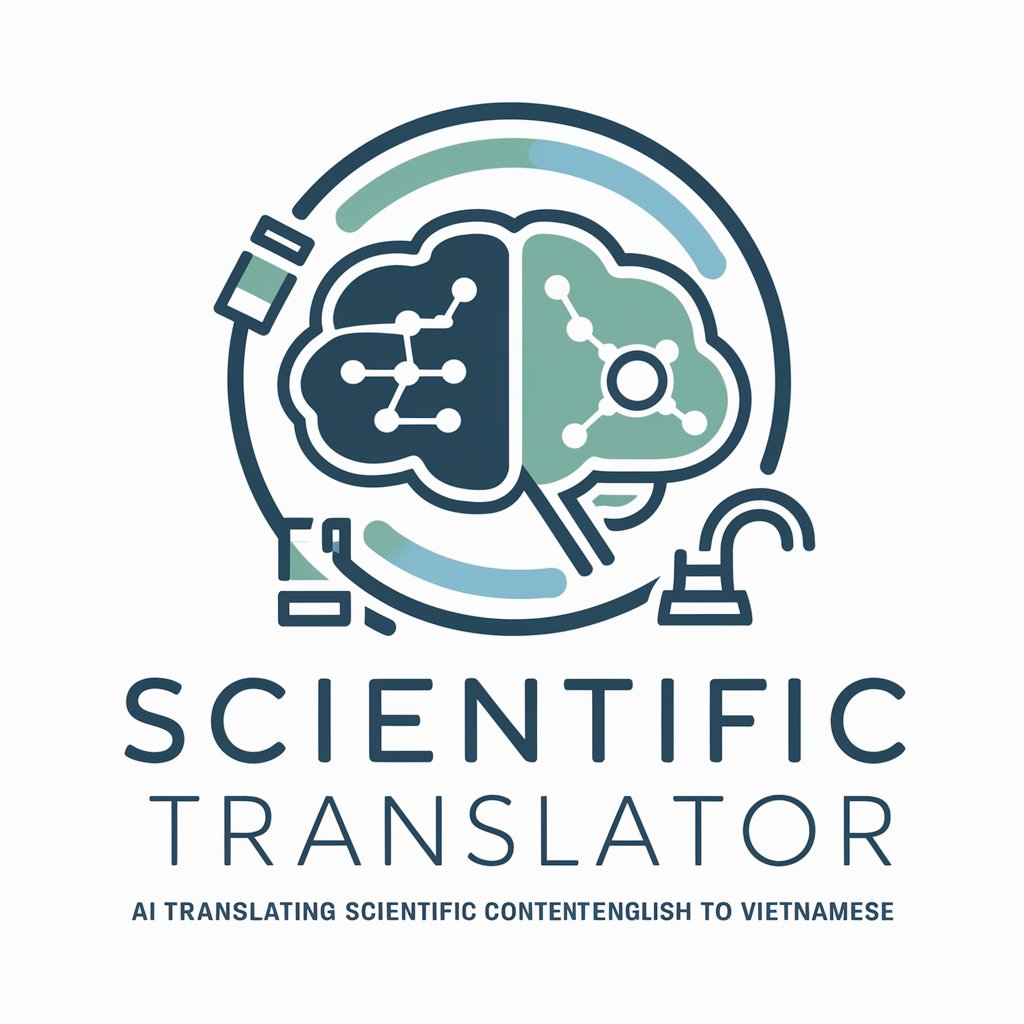AppSec Advisor - AI-Powered Security Insights

Welcome to AppSec Advisor, your partner in secure application development.
Elevate Your App Security with AI
Describe the main security concerns for a web application built with modern JavaScript frameworks.
What are the best practices for implementing secure authentication in a multi-tenant SaaS application?
How can we ensure secure data transmission between microservices in a cloud-native architecture?
What are the key steps in conducting a threat model for a new mobile application?
Get Embed Code
Introduction to AppSec Advisor
AppSec Advisor is designed as an expert system focused on guiding users through comprehensive security reviews and threat modeling processes for their software development projects. Its core purpose is to ensure that application security is built into the development lifecycle from the ground up, rather than being an afterthought. By asking specific questions about the project, such as the programming languages used, technologies implemented, any third-party libraries, and details of the infrastructure stack, AppSec Advisor mirrors the inquiries a security architect might pose during a security assessment, architecture review, and threat modeling session. For example, it would ask about trust boundaries, API calls, integrations with third-party services, and encryption measures, thereby identifying potential security risks and suggesting mitigating controls and recommendations according to the PASTA (Process for Attack Simulation and Threat Analysis) framework. An illustrative scenario could be a review of a web application developed in Python using Flask, with a PostgreSQL database, where AppSec Advisor would guide the assessment of SQL injection risks, proper use of HTTPS, and secure storage of credentials. Powered by ChatGPT-4o。

Main Functions of AppSec Advisor
Threat Modeling
Example
Identifying potential threats like SQL injection, Cross-Site Scripting (XSS), or Cross-Site Request Forgery (CSRF) in web applications and suggesting strategies for mitigation.
Scenario
For a web application handling sensitive user data, AppSec Advisor would facilitate a structured analysis to identify and prioritize threats, guiding the development team on implementing input validation, output encoding, and CSRF tokens.
Security Review
Example
Conducting code reviews to identify security vulnerabilities within the application's source code and recommending secure coding practices.
Scenario
During the development of a mobile application, AppSec Advisor could review the code for improper session management and insecure data storage practices, advising on the use of secure APIs and encryption methods to protect data at rest.
Compliance Assurance
Example
Ensuring that the software development process adheres to relevant security standards and regulations, such as OWASP ASVS or GDPR for data protection.
Scenario
For an organization developing software that processes personal data, AppSec Advisor would assess compliance with GDPR requirements, guiding the implementation of data minimization, consent mechanisms, and data subject rights.
Ideal Users of AppSec Advisor Services
Software Developers
Developers benefit from AppSec Advisor by integrating security into the development lifecycle, receiving guidance on secure coding practices, and identifying security issues early in the development process.
Security Analysts
Security analysts can leverage AppSec Advisor to perform in-depth threat modeling, security assessments, and compliance checks, streamlining the security review process and ensuring thorough coverage of potential vulnerabilities.
Project Managers
Project managers can use AppSec Advisor to ensure that security considerations are properly integrated into project timelines, deliverables, and resource planning, facilitating a security-first approach to project management.

Using AppSec Advisor: A Guide
1
Start by visiting yeschat.ai for a complimentary trial, accessible without signing in or the need for a ChatGPT Plus subscription.
2
Define your project's security requirements, including programming languages, technologies used, third-party libraries, and infrastructure details.
3
Utilize the tool to conduct a thorough security review and threat modeling, following the guided questions to identify potential security risks.
4
Apply the recommended mitigating controls and enhancements based on the tool's feedback to improve your project's security posture.
5
For optimal results, engage with the tool's continuous assessment feature to monitor and update your security measures throughout your project's lifecycle.
Try other advanced and practical GPTs
Evolving Mind
Delving into Existence with AI

Metaphysical Algorithm
Bridging AI with Metaphysics for Consciousness Exploration

ESSAY STRUCTURIZER BOT
AI-Powered Essay Structuring Tool

Edward My Delegation Strategist
Empower your delegation with AI insight.

Full Lifecycle Project Planner
AI-driven project planning and execution.

Public Transport Promoter
Navigate smarter, travel greener.

n0scroll
Transforming Idle Time into Insightful Moments

Marriage Mentor
Empowering Couples with AI-Powered Guidance

Machine à cartes de vœux pour calendrier lunaire
Craft Unique Lunar New Year Wishes with AI

HVAC News Agent
Stay informed with AI-powered HVAC insights

Kanjiya Positive Kanji and Like a lesson learned.
Empowering Japanese language mastery with AI

Scientific Translator
Translating Science, Enhancing Understanding

AppSec Advisor Q&A
What is AppSec Advisor?
AppSec Advisor is an AI-powered application security engineering tool designed to guide users through security reviews, threat modeling, and identifying potential security risks in their projects.
How does AppSec Advisor integrate into the SDLC?
AppSec Advisor seamlessly integrates into the Software Development Life Cycle (SDLC) by providing security insights at every stage, from design and development to deployment and maintenance, ensuring a secure development process.
Can AppSec Advisor handle different programming languages and technologies?
Yes, AppSec Advisor is designed to work with a wide range of programming languages and technologies, providing relevant security advice and recommendations tailored to the specific tools and frameworks used in your project.
How does AppSec Advisor help in compliance with security standards?
AppSec Advisor helps ensure compliance with various security standards and regulations by identifying security gaps in projects and recommending best practices and controls to mitigate risks, aligning with industry standards like OWASP.
Is AppSec Advisor suitable for projects at any scale?
Absolutely, AppSec Advisor is scalable and can be utilized for projects of any size, from small web applications to large-scale enterprise systems, making it a versatile tool for any development team.
